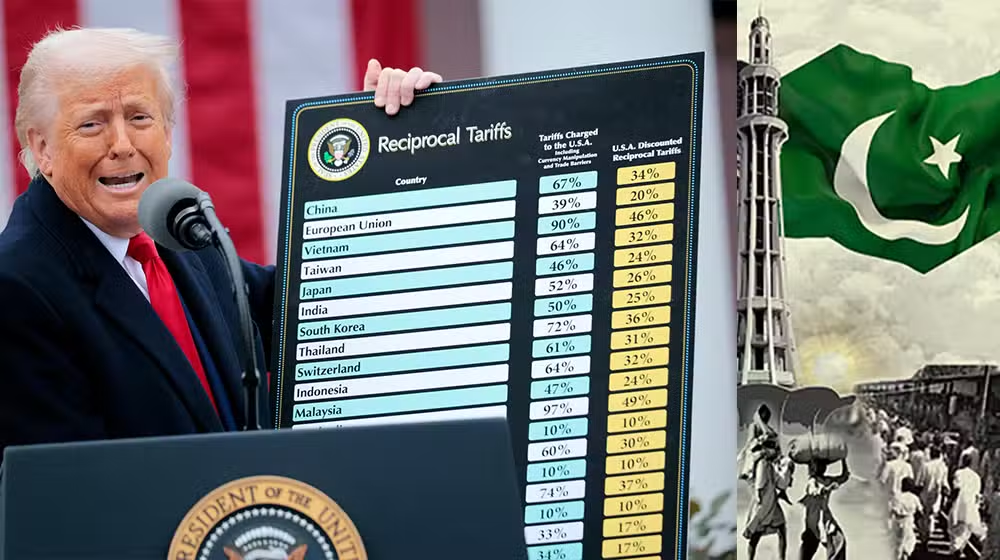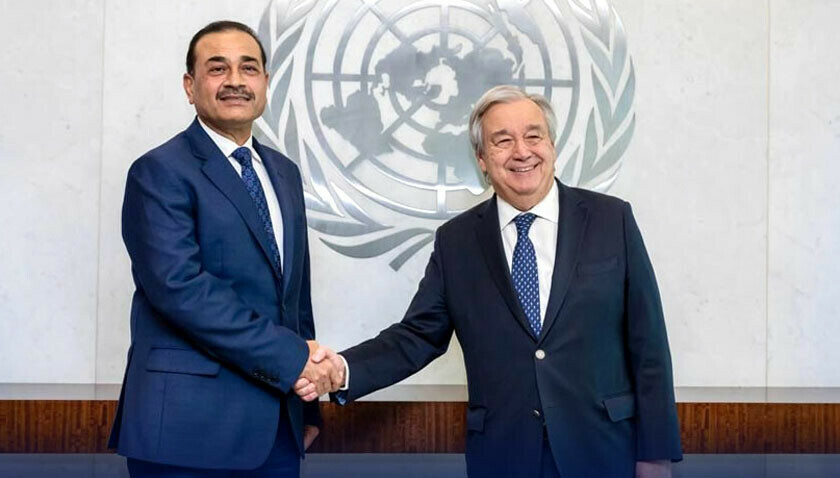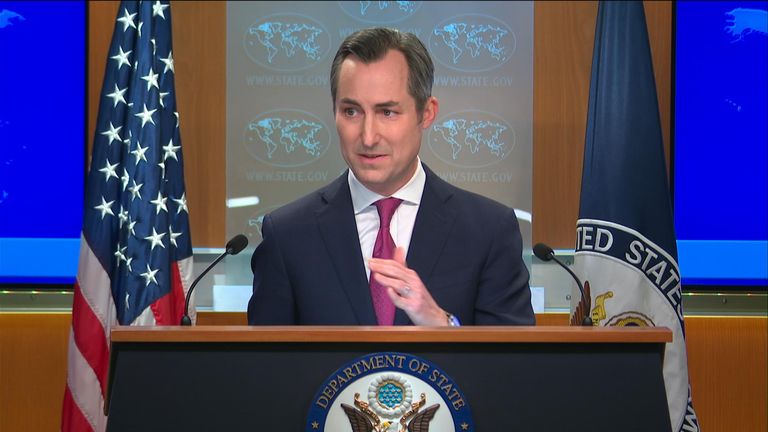PTBP Web Desk
The International Monetary Fund (IMF) has raised concerns that the recently imposed US tariffs could negatively affect Pakistan’s economy by slowing down its export sector and GDP growth.
According to the Fund’s latest report—“First Review under the Extended Fund Facility (EFF) Arrangement, Requests for Modification of Performance Criteria, and Request for an Arrangement under the Resilience and Sustainable Facility (RSF)”—Pakistan could face economic headwinds stemming from US trade actions.
These warnings come after US President Donald Trump announced a sharp hike in country-specific tariffs on April 2, 2025. Pakistan, among other nations, was targeted with a 29% tariff, primarily affecting the textile and apparel industry, which is a critical component of Pakistan’s exports to the United States.
The IMF acknowledged that while the exact implications of the tariffs are still uncertain, early assessments suggest that the new trade measures will have a marginal but negative impact on Pakistan’s economy. The Fund projects a downward revision of economic growth in Fiscal Year 2025 (FY25), with a more pronounced decline of approximately 0.3 percentage points in FY26.
This downturn is attributed primarily to the decrease in exports. Currently, Pakistan’s export sector constitutes about 10% of the country’s GDP, and the US is its largest trading partner. The textile and apparel segment dominates this trade, making it particularly vulnerable to tariffs.
Pakistan isn’t the only country affected by the US administration’s aggressive trade policy. Competitors in the textile and garment sectors, such as Bangladesh, China, India, and Vietnam, are also facing increased tariffs—Bangladesh at 37%, China at a staggering 145%, India at 26%, and Vietnam at 46%.
The IMF noted that while negotiations might lead to revisions in these tariff rates, the immediate concern lies in the uncertainty these trade policies introduce, which could disrupt long-term planning for export-driven economies like Pakistan.
Apart from direct losses due to reduced US market access, the IMF warned of broader indirect effects stemming from the global reaction to these tariffs. The report explained that the financial markets’ response to the tariffs, tighter global financial conditions, and a general increase in trade uncertainty could also harm Pakistan.
Moreover, a slowdown in the economies of Pakistan’s other trading partners—many of whom are also affected by these tariffs—could reduce their import capacity, indirectly impacting Pakistan’s trade volumes. Additionally, global economic volatility might result in reduced remittances, which are a vital source of foreign exchange for Pakistan.
Interestingly, the IMF report suggests that some external pressures may be eased due to a concurrent decline in global commodity prices. This would help reduce Pakistan’s import bill, offering a cushion against the impact of weaker exports.
Nevertheless, Pakistan’s sovereign credit spreads have widened since April, indicating market apprehensions. The IMF pointed out that while Pakistan’s access to external financing was already limited, these spreads could still pose a risk if capital outflows accelerate. In such a scenario, the IMF emphasized the importance of allowing the exchange rate to adjust naturally, rather than attempting to artificially maintain its value.
In terms of inflation, the Fund expects a modest net impact. While rising tariffs might increase prices on imported goods, the simultaneous drop in global commodity prices and slower economic activity could counterbalance this effect, possibly leading to mild downward pressure on inflation.
In light of the escalating tariff environment, Pakistan is seeking diplomatic solutions. Finance Minister Muhammad Aurangzeb, in an interview with Bloomberg last month, revealed that Pakistan is aiming to increase its imports from the US and work towards removing non-tariff barriers. This move is part of a broader strategy to offset the impact of the tariff hike and to avoid punitive trade actions by the United States.
Pakistan’s outreach aligns with broader trade diversification efforts and the need to secure favorable terms through diplomacy and negotiation. By strengthening bilateral ties and offering mutual trade benefits, the country hopes to shield itself from the brunt of protectionist policies.




